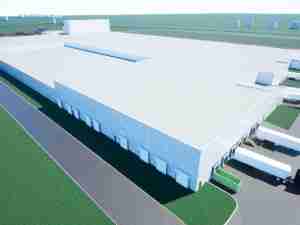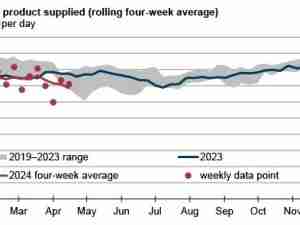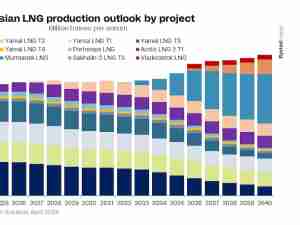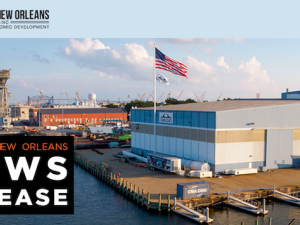Global LNG-Prices edge higher; PNG plant reaches full capacity
By: Reuters | Sep 26 2014 at 07:35 AM
Asian spot liquefied natural gas (LNG) prices continued to climb higher this week as a few buyers started to show interest in winter cargoes, although ample supply and healthy inventory levels capped gains.
Spot LNG prices <LNG-AS> for November delivery were around $15 per million British thermal units (mmBtu), a tad higher than about $14.80 per mmBtu a week ago.
Prices have recovered since early-August, when they had dropped to multi-year lows, and are now only slightly below the price level this time last year.
The low prices have generated some appetite for cargoes, but demand remained slow in the world’s top LNG buyers, Japan and South Korea, where below-average temperatures over the summer months have resulted in high inventory levels.
While most buyers in North Asia kept to the sidelines, waiting to step into the market for winter cargoes, there was also uncertainty about demand from Korea Gas Corp., the world’s largest corporate buyer of LNG.
State-run Kogas has recently found it hard to arrange time-swap deals with other consumers in Asia, signalling little spare demand in the market, trading sources have said.
A time-swap deal would involve Kogas handing out some of its autumn cargoes in return for getting the same volume of LNG back from a counterparty in winter.
Still, a few buyers were showing interest in cargoes loading in end-November and December, although still no interest was seen for January-loading cargoes, one trader said.
Papua New Guinea’s LNG plant, which began exports earlier this year, has reached full production capacity of 6.9 million tonnes a year, said managing director Peter Botten of Oil Search , a minority partner in the ExxonMobil Corp-led project.
The plant began shipment several months ahead of schedule, and its smooth ramp-up has weighed on an already well-supplied market.
An expected tender from Australian LNG company North West Shelf failed to materialise last week. Traders said negotiations had begun on cargoes from an export plant in Asia-Pacific but the details were not clear.
“Northeast Asian demand should be stronger than last year and the colder it gets, the more this region will need to call on LNG,” analysts at Energy Aspects said in a note.
They forecast Asian LNG prices to average $16.5 per mmBtu in the last three months of the year and $15.1 per mmBtu in 2015.
BG Group’s Queensland Curtis LNG project in Australia is scheduled to begin shipments towards the end of the year. But some industry sources said they expect first exports only in 2015, potentially forcing BG Group to look for cargoes on the spot market.
Japanese demand for Russian LNG cargoes could slow after the world’s biggest importer of the fuel imposed new sanctions. Tokyo Gas said it is not in any hurry to make new commitments to buy LNG from Russia due to the sanctions.









